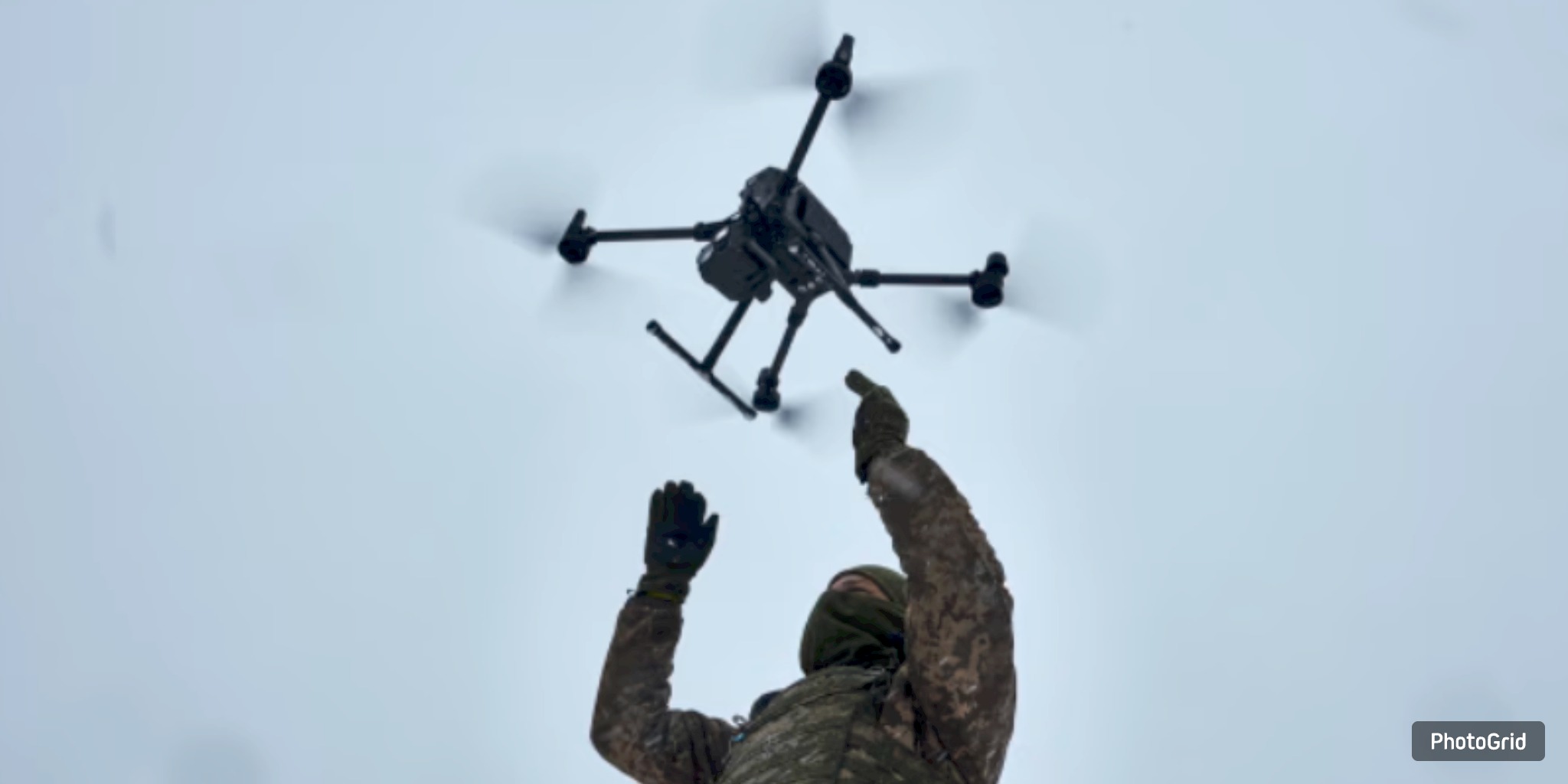


The U.S. military is under increasing pressure to update its strategies regarding small drone warfare, as Ukraine and Israel reshape tactics on the battlefield. In light of recent initiatives from the Department of Defense, experts indicate that the United States continues to lag significantly in the production and deployment of low-cost, expendable drones on a large scale.
Ukraine has demonstrated the effectiveness of drones in neutralizing tanks and artillery through mass production and innovative tactics. Israel has showcased the impact of drone swarms in critical conflict scenarios. In a recent development, the Pentagon has announced a shift in its approach to drone acquisition, acknowledging the urgent need to accelerate progress.
A memo released on July 10 by Defense Secretary Pete Hegseth stated that every squad is to have access to affordable drones by 2026, with a particular focus on the Indo-Pacific region. The main update? Defense Secretary Pete Hegseth views small drones not as mere flying machines, but as disposable weapons.
“There’s no necessity for excessive safeguards or stringent regulations akin to those of the FAA for unmanned drones,” stated Caitlin Lee from the RAND Corporation. “They’re now nearer to missiles than to planes.”
Since 2016, the Army has begun integrating drone combat into training at locations such as Hohenfels, Germany, according to retired Lt. Gen. Ben Hodges. However, the process of incorporating those lessons into broad procurement and doctrine has progressed at a sluggish pace.
“There’s nothing quite like the thought of imminent danger to sharpen one’s focus,” remarked a former defense official. “Ukraine was compelled to adapt rapidly.”
The effectiveness of the U.S. military could hinge on its capacity to manufacture drones at a lower cost, regard them as expendable instruments of conflict, and transition its administrative processes to a wartime framework—before opponents gain an even greater advantage.
















From breaking news to thought-provoking opinion pieces, our newsletter keeps you informed and engaged with what matters most. Subscribe today and join our community of readers staying ahead of the curve.